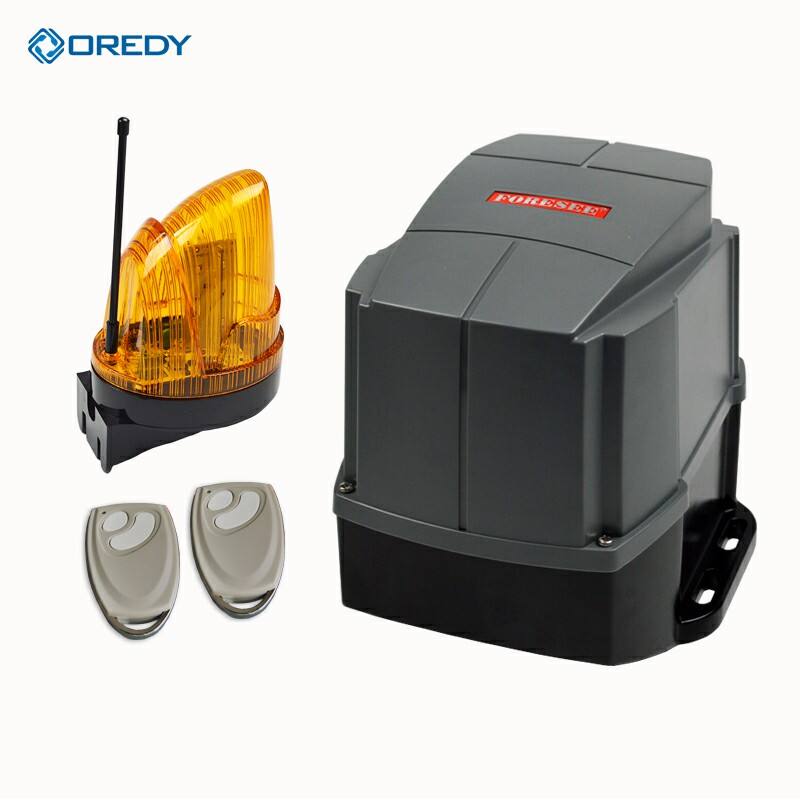When we come and go to buildings, it's not at the forefront of our minds as to how the doors open. We rely on various types of automatic door switches to help us with this. OREDY - Type: Button Switches, Touch Switches, and Induction Switches Each type has pros and cons. Let's dive into these various types further to help you select the best for your needs.
Button switches; These are the most common automatic door switches that people utilize. You only have to push a button to open the door that makes them more convenient. The other is simply and conveniently entrance or exit a building. But hey, for some people -- and certainly for those who have physical issues that make moving their hand or fingers not all that easy -- these buttons can be frustratingly difficult to use.
Touch type switches : Push button switch. A touch type switch is one which does not have to be depressed by a key; you have to just simply touch or pass your hand around a sensor so that it could open the door. This really makes it easily accessible to more people. Touch switches are easy to clean; therefore, they fit well in busy places such as hospitals, clinics, and restrooms where the crowd comes in and out in regular intervals.
Induction switches are the latest type of automatic door switch. They're motion-sensing, meaning they open when they sense someone is approaching the door. This proves to be extremely useful in crowds, such as shopping centers, airports and stadiums. Induction switches are good things as they maintain hygiene and avoid the transmission of germs since users do not have to touch any part of the device to gain access.
How to Select an Automatic Door Switch
Consider these options when deciding between a button, touch, and induction switch. How much money are you willing to spend? Usually, the least expensive will be a button switch. Touch and induction switches cost a little bit of money more, so that is something important to consider when you decide on a type of switch.
Then next, consider the placement of the door. If that door gets a lot of use by different people, then a touch- or induction-switch might be a better choice, as these are designed for high-traffic areas. On the contrary, if the door is not often used by a majority of people, a simple button switch can do the work and save you some money.
And think about who's using the door. If older adults or people with disabilities will be using the door, use touch or induction switches. These kinds of switches are much easier to use and require so much less hand strength than a button switch. That could really affect the quality of service in how they feel secure and comfortable while using the door.
The reason that induction switches are becoming more and more popular
Induction switches are becoming very common in this modern time. They tend to offer several benefits that people appreciate and they include not requiring to be physically touched to function, meaning that they ensure that the germs are kept at bay. That being the case, there are a number of locations where dirtiness and moistness is not allowed. They also allow for a completely hands-free experience, which makes them ideal for busy entrance areas—where people are coming and going in their thousands.
Induction switches are easy to use, which is very important in buildings such as hospitals, where hygiene is essential. For this reason with these switches you do not have to pull or push any, so they are a very good option for persons with disabilities. Combined with factors that allow users to easily enter the building without extra efforts.
Button and Touch Switches: The Good and Bad
There are pros and cons to button switches and to touch switches. Invest in a Button switch that is affordable and features a simple design that anyone can install. That would be nice, but it also means that you have to push them, which can be difficult for some, particularly those with limited hand movement.
Touch switches are one of the advanced versions of button switches as they can be operated through a touch or trickle wave to activate them. This is applied in places where the hands should not come into contact with any surface, creating a sleek and user-friendly experience for users of all ages and capacities. However, it should be remembered that touch switches are much more high-end than button switches and require a power supply for them to work.
The role of automatic door switches
Overall, the right Automatic door operator can bring a lot of advantages to your building, besides optimizing usability for everyone. Button, touch, and induction switches each have merits and demerits depending on where they are positioned and who will utilize them.
Sliding wood barn doors are inexpensive and easy to use — but they may be frustrating for everyone. This makes the features more simplified but makes it much more expensive for the user. The latest and most advanced type is induction switches, which provide a touchless experience free from germs. Finally, the decision is yours; based off of your building's specific requirements, your funds and who will be using the doors.
OREDY offers all three types of automatic door switches. We can assist you in making a choice about the right one for your building. For further details on our automatic door switches or to determine which option best meets your needs, feel free to call us today! We help make your building a better place to live!

/images/share.png)

